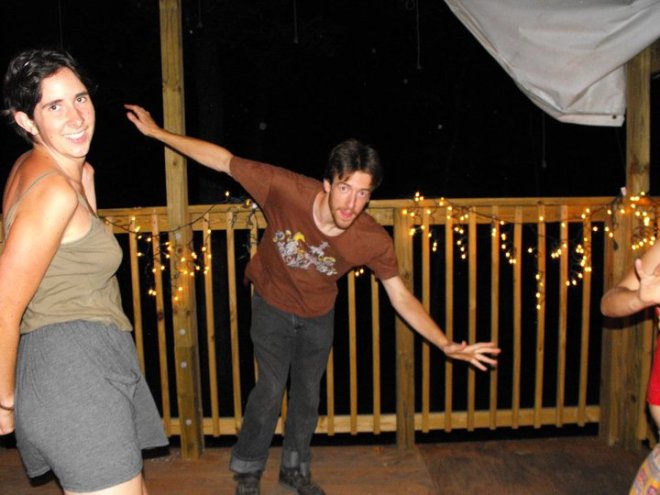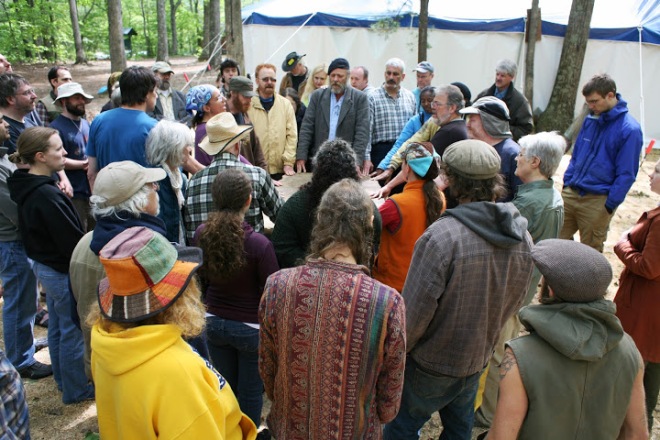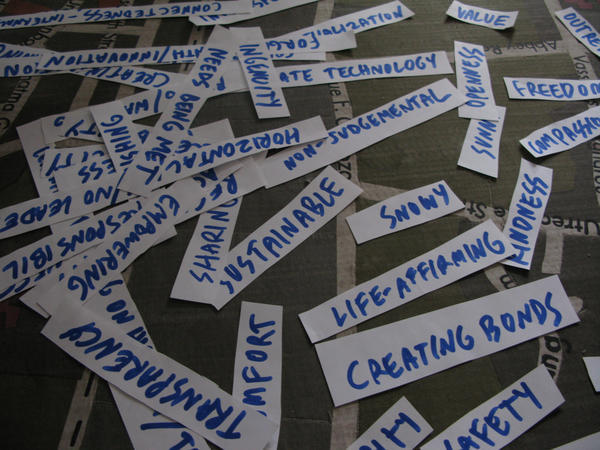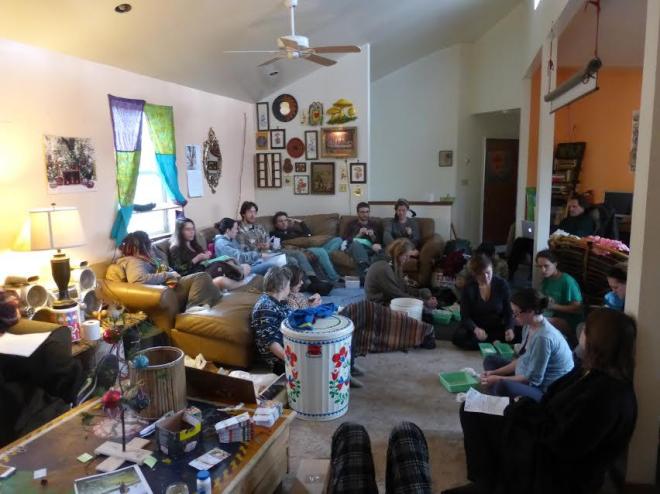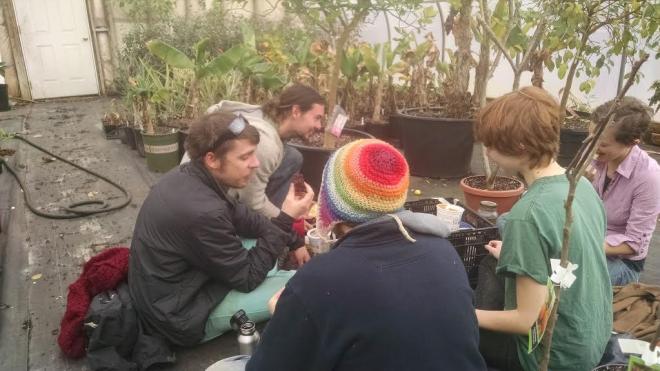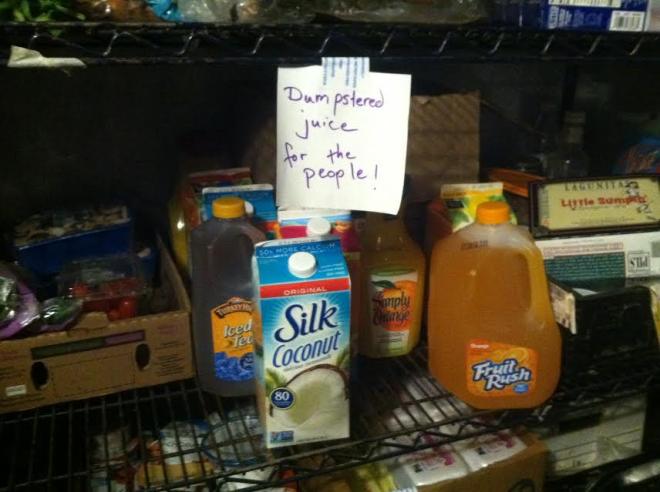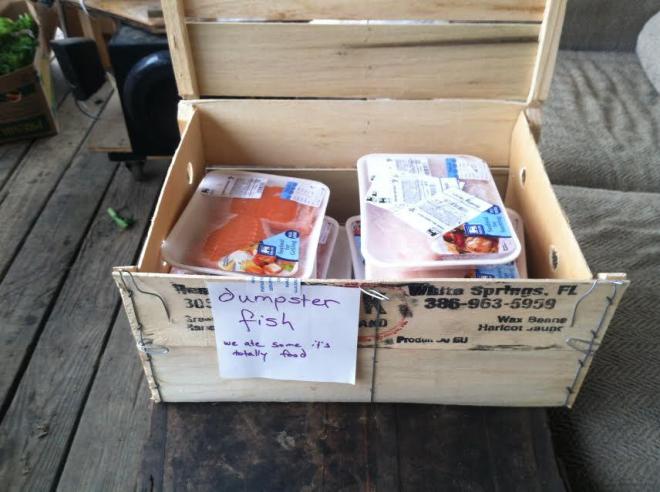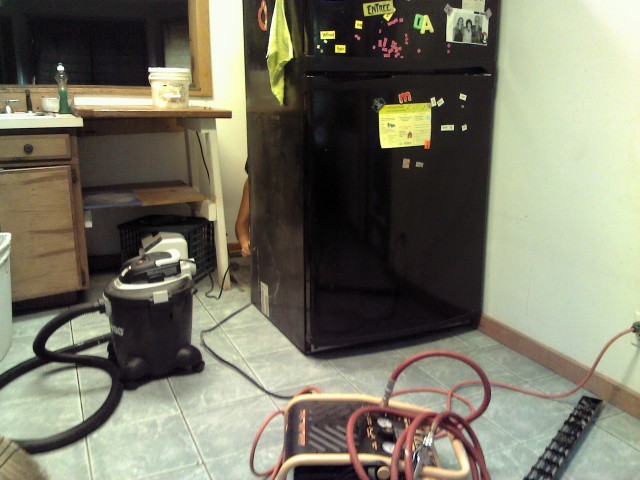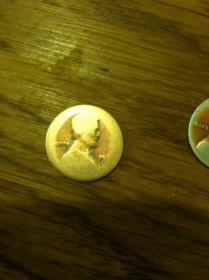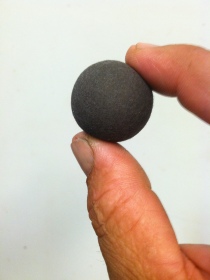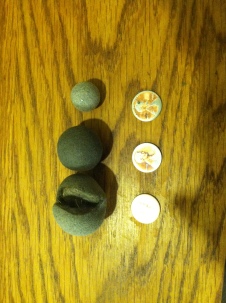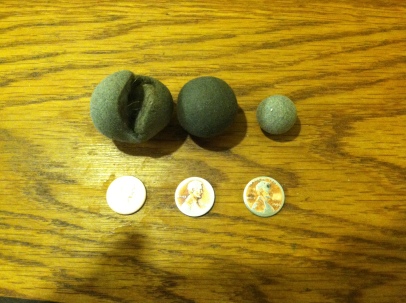by Sapphyre Miria, Sycamore Farm Community, 9.22.16
Fall Equinox seems like a fitting time to finally write something about what’s happening here at Sycamore: balance of light and dark, preparing to enter into a quiet, reflective season.
Right now, Sycamore Farm Community is comprised of two adult members (Edmund and me) and two teens (Evan and Kaya). We’ve spent the last nine months in a flurry of activity – SOOO much construction, SSOOO much farming! We often miss our friends at Twin Oaks and hope that more folks will join us soon. We’ve had a lot of friends coming through to give us a hand, for which we are forever grateful. We’ve also had some folks expressing interest in our project. I find that words fail to convey the landscape of our project in these cases. As such, I decided that I wanted to post pictures of what we’re working with here.
First, let’s start from the trailer:
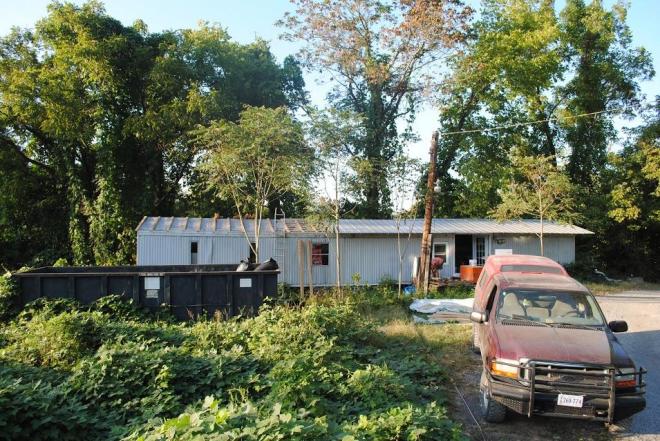
The trailer is under renovation, obviously. Currently, the two completed rooms are business related. The great room that the french doors open into is the large seed business catch all room. This room will be where all of the Common Wealth Seed Grower’s seed packing and shipping happens, as well as where winter squash will be stored. Seed processing happens on the porch out front, which is precisely what Edmund is doing in this picture. The room to the right off of the great room is our climate-controlled seed/medicinal herb drying & storage room. These two rooms make up about 60% of the living space inside the trailer. The other 40% remains to be renovated at this point. We envision adding at least two bedrooms plus some public space inside and constructing a composting toilet, off to the left of the building.
Here’s a closer look of Edmund processing some wet seed harvest:
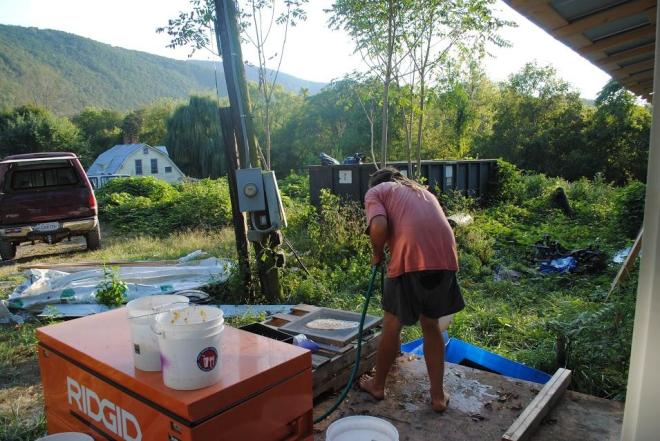
Yes, that is Kudzu eating everything around us. It’s even eating the dumpster! We want to get two pigs from Acorn to root it all out, whenever we find the time for yet one more project….
This give you an idea of the spread between the properties:

Now, on to the main house:

This is the heart of our baby community project, where food gets cooked and baths get taken. Yes, those are train tracks. Yes, the house faces the tracks instead of the road. We think it’s pretty cool, albeit a bit dangerous for young two leggeds and for unaware four leggeds. As you can see, the garden is winding down….
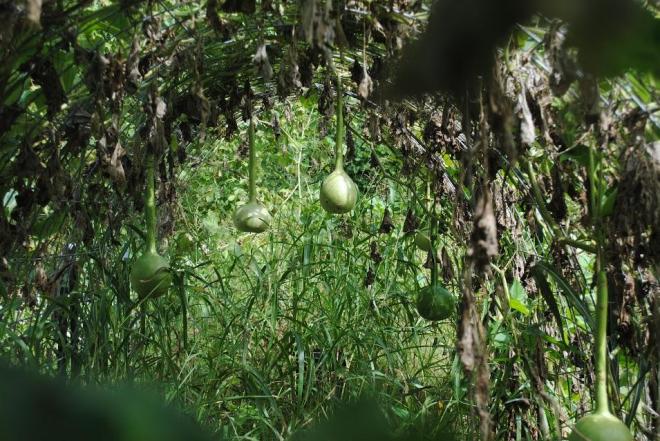
….and we can’t wait to figure out what to make with these gourds!
We really dig the hammock set up under the willow tree. It helps us when we’re missing Twin Oaks.
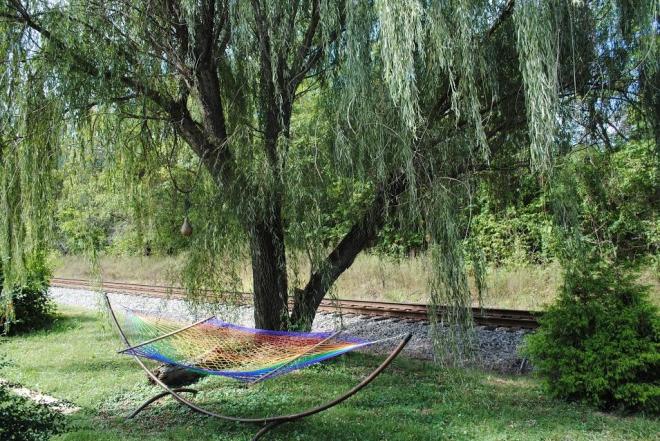
A different angle of the hammock under the tree, this time capturing the front of the house as well as Evan:
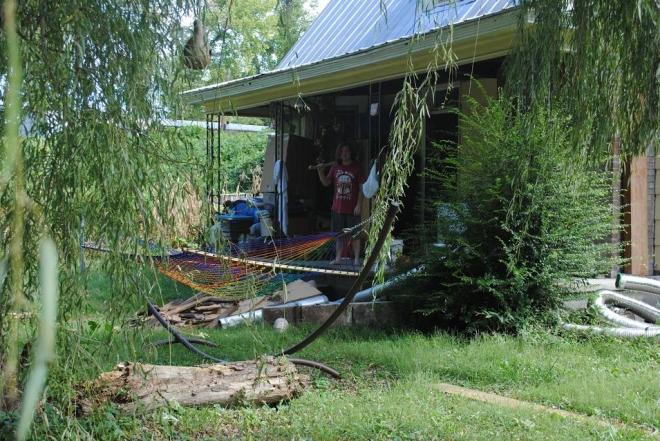
The pile of rubbish on the ground was my bedroom floor. The mold had overcome my bedroom this summer and, when we returned from Communities Conference, I decided I couldn’t take anymore. I ripped up the carpet, which uncovered a molded “sub floor”. Started ripping that up to discover another layer under that. This was about when my chronic lyme decided to flare up with a vengeance, causing me to retreat to the trailer to escape the mold. Edmund and Calvin (ex Twin Oaks) finished ripping it all out the following weekend while Calvin was visiting, only to discover that the floor joists were dry rotted and molded out too. Right now, my room has no floor, no joists. Hopefully some friends will come and help us get it back together soon! Anyway, I digress. The porch has been in some stage of catch all for us since we’ve moved in. We’re hoping that after various projects are finished, we can finally find homes for all of this stuff and make it feel cozy.
Here’s a broader angle of the same shot:

Now, let’s walk on down to the river!
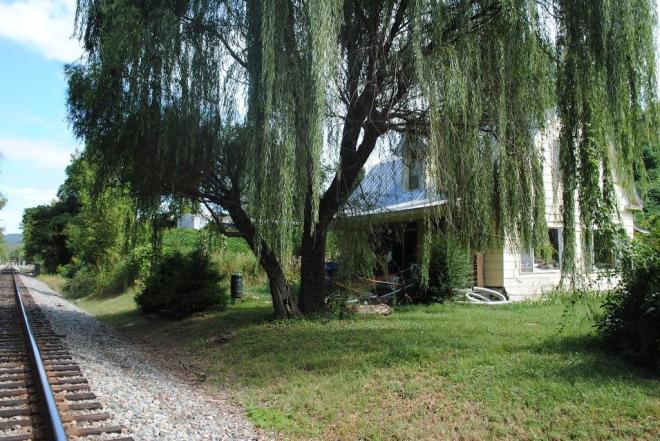
Once you finish the short jaunt down the tracks, you slip down a trail onto waterfront land that is a part of the Jefferson National Forest.
Here is the view to the left from the river bank:

If you look back up to the photo of the main house, you can see the ridge line disappear into the woods. Well, this is where the ridge line comes back into view.
Now, the view to the right from the river bank:

Gorgeous, isn’t it? Now, for the walk back up to the house:
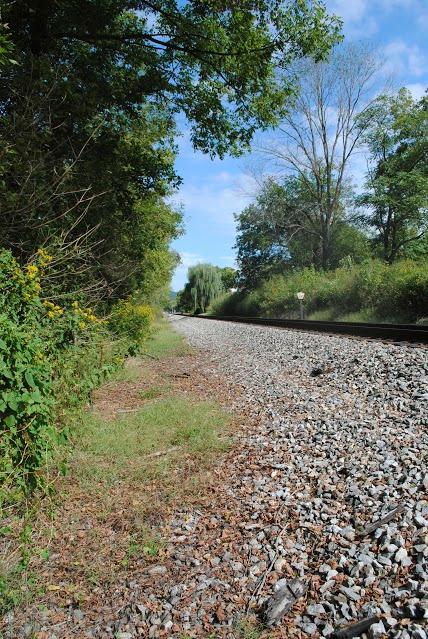
This shot shows the walk from the trail to the river to our house, with the willow tree marking our spot.
I don’t have pictures of our farm land here – that will be another blog post, some other time. We lease our 3.5 acres in three different locations in Rockbridge County. We’re hoping to find farmland somewhere near us here in Arcadia to make life more easeful and to have us driving less.
This gives you a pretty good idea of where we’re at and what’s happening right now.
To leave it on a fun note, can you spot the beginning of fall in this photo?
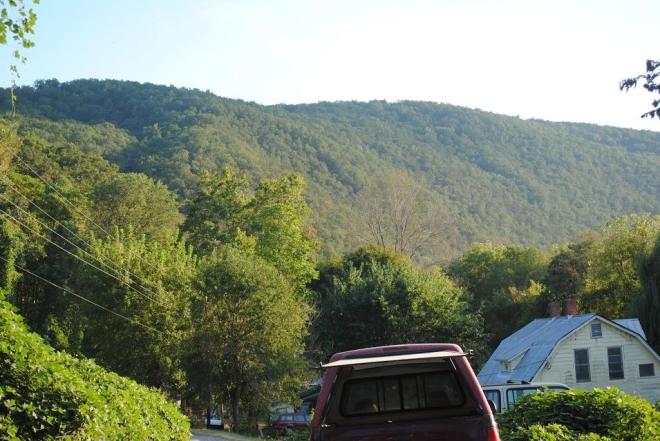
















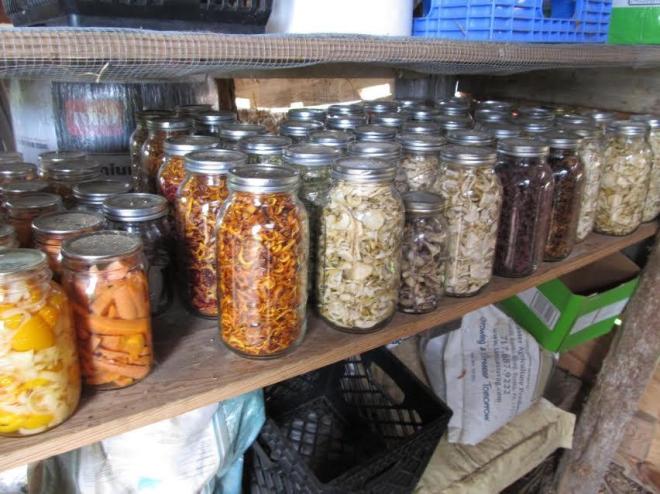


 Old Ta Chai Steps removed
Old Ta Chai Steps removed Nina and Christian – the beginning is the hard part
Nina and Christian – the beginning is the hard part Third times a charm!
Third times a charm!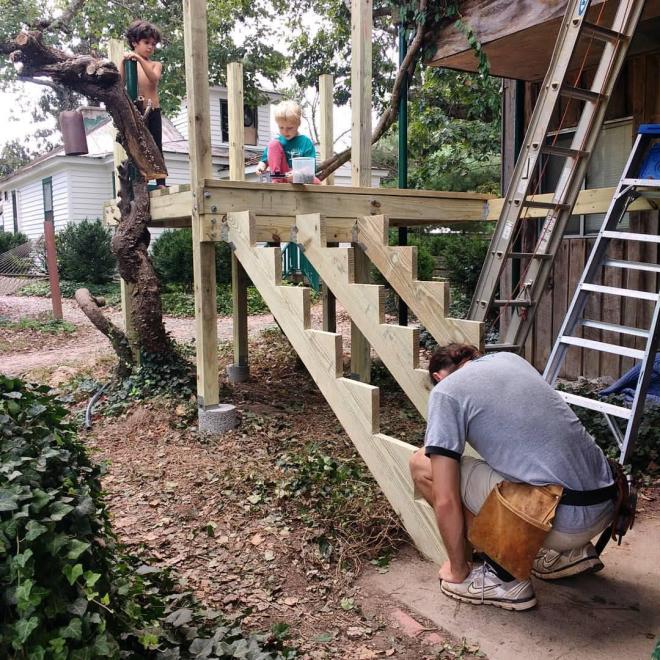 Finley, Linus and Christian working on steps
Finley, Linus and Christian working on steps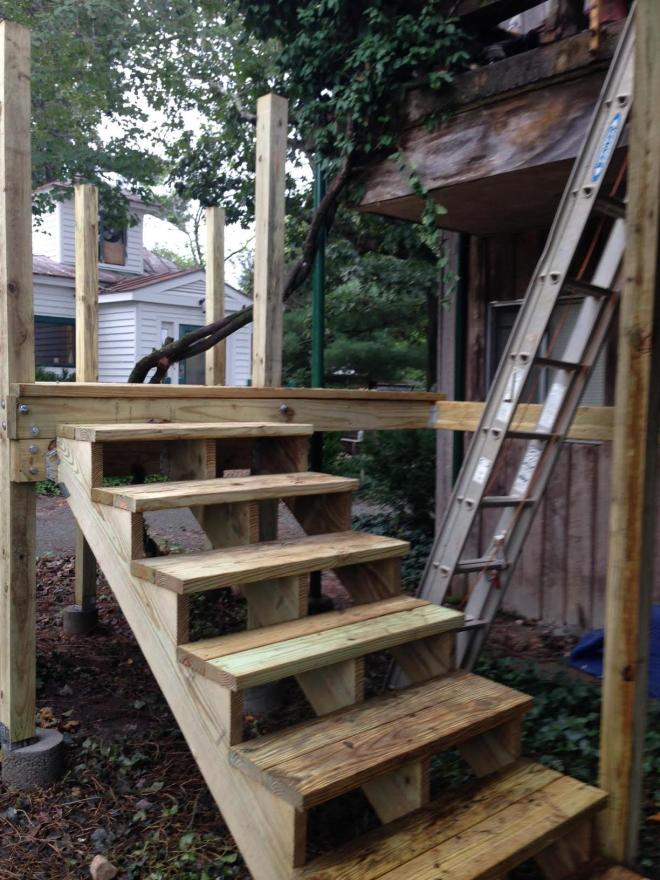 Feels like we are living in a tree house.
Feels like we are living in a tree house. Just trim the edges and then BAM ~ new sturdy porch!
Just trim the edges and then BAM ~ new sturdy porch!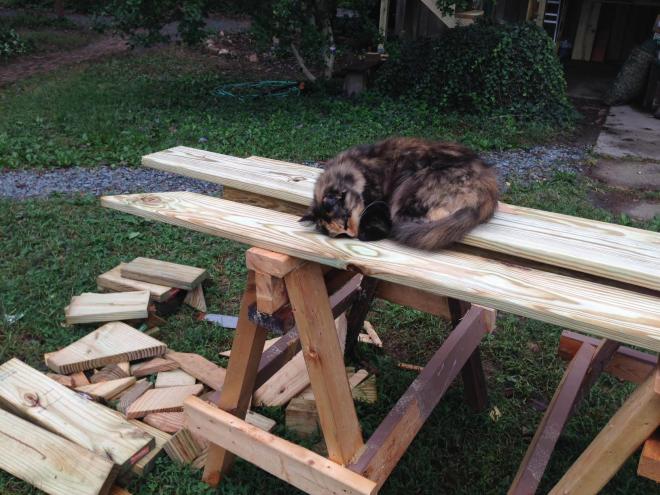 Chloe helping us keep the wood dry from all the rain we’ve had. Oh, so good kitty.
Chloe helping us keep the wood dry from all the rain we’ve had. Oh, so good kitty.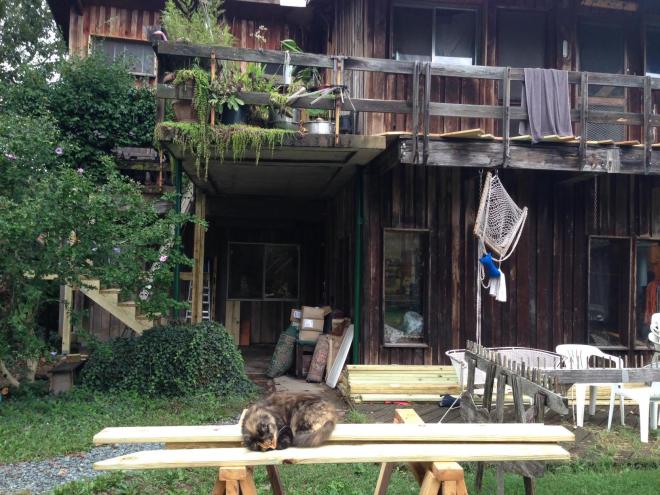 View from our courtyard ~ Loving it here at Twin Oaks! There are so many fun projects.
View from our courtyard ~ Loving it here at Twin Oaks! There are so many fun projects.

